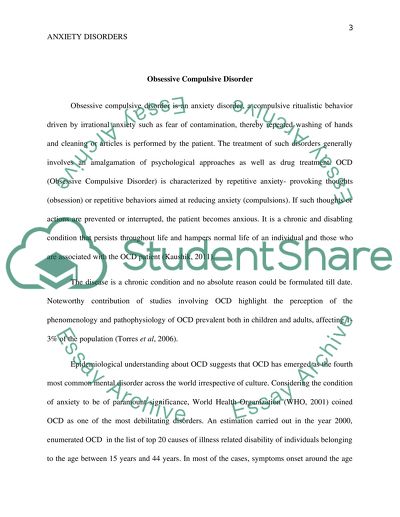Cite this document
(“Anxiety disorder Research Paper Example | Topics and Well Written Essays - 1750 words”, n.d.)
Retrieved from https://studentshare.org/psychology/1491064-anxiety-disorder
Retrieved from https://studentshare.org/psychology/1491064-anxiety-disorder
(Anxiety Disorder Research Paper Example | Topics and Well Written Essays - 1750 Words)
https://studentshare.org/psychology/1491064-anxiety-disorder.
https://studentshare.org/psychology/1491064-anxiety-disorder.
“Anxiety Disorder Research Paper Example | Topics and Well Written Essays - 1750 Words”, n.d. https://studentshare.org/psychology/1491064-anxiety-disorder.


